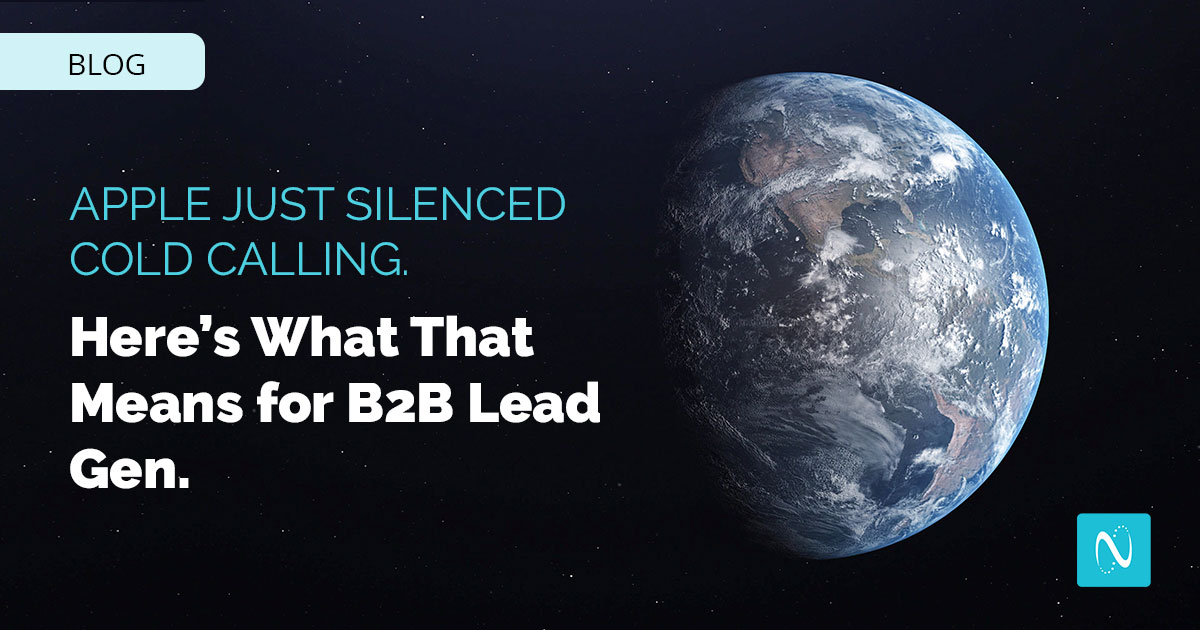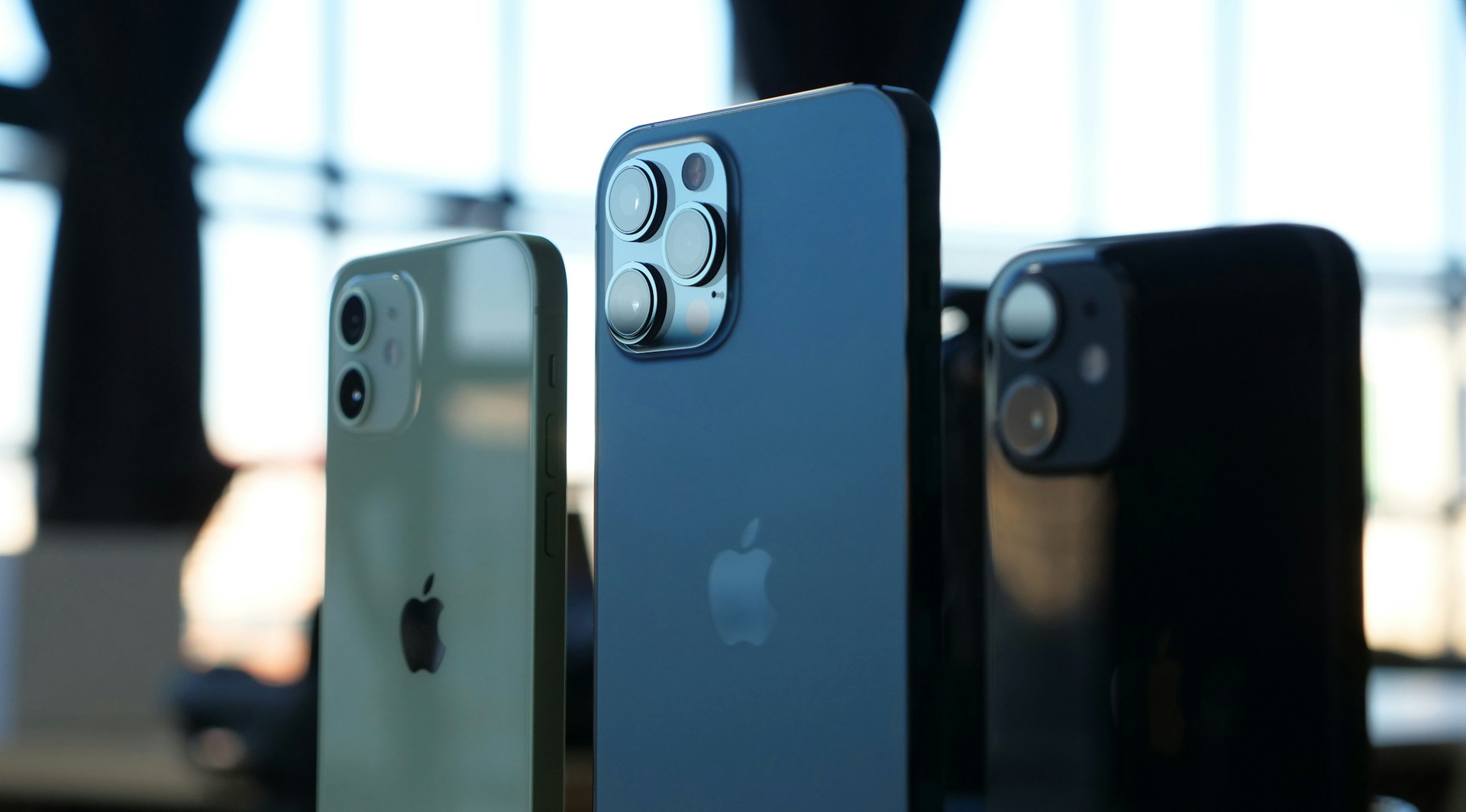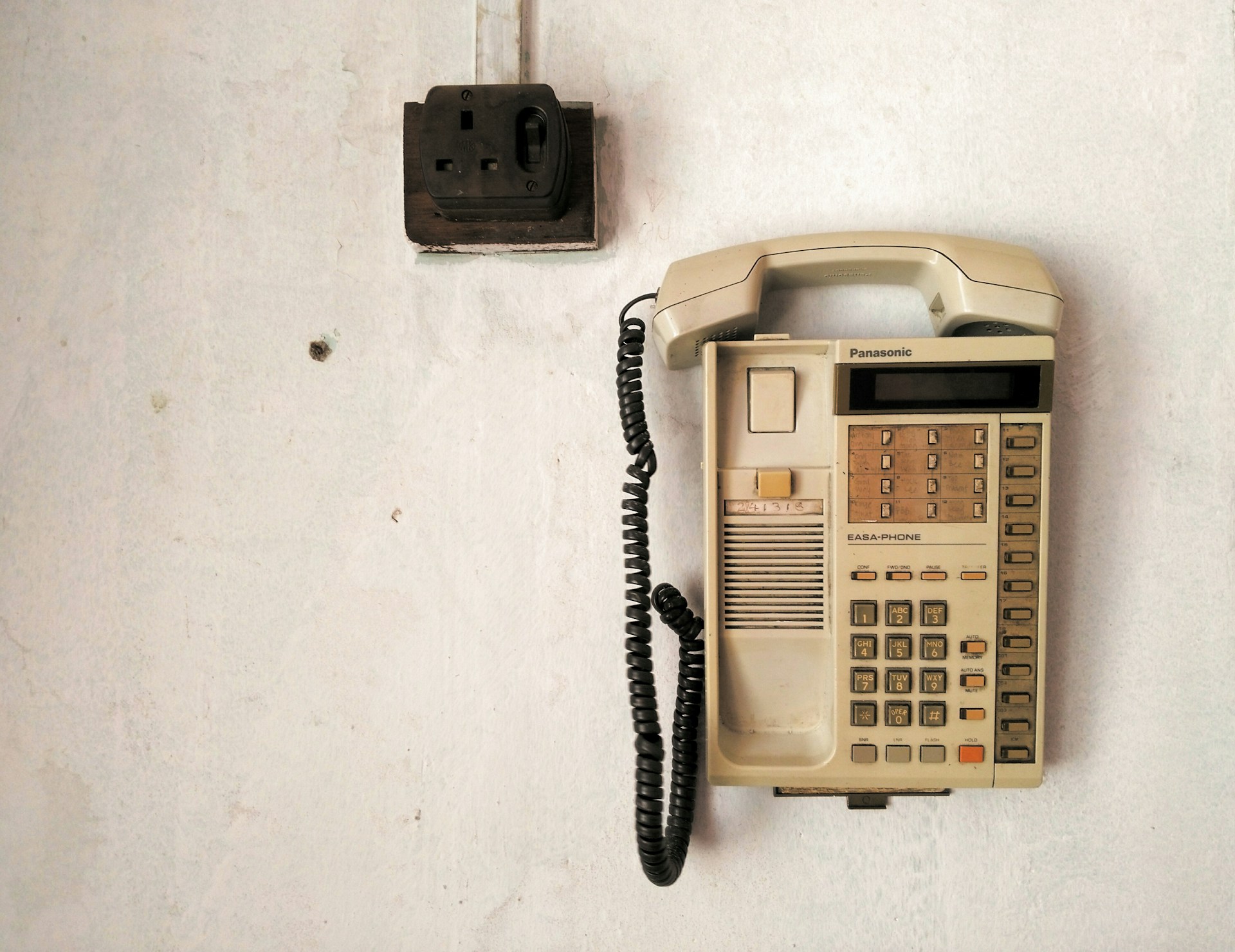Cold calling just got harder—again.
When Apple unveiled iOS26 at its 2025 WWDC event, much of the attention (and groans) went toward the company’s updated interface.
Photo by Artem Horovenko on Unsplash
While we all have our opinions on the “liquid glass” design, there’s another feature that deserves far more consideration: Call Screening.
Naturally, this has massive implications for B2B sales and marketing.
Let’s unpack what Apple’s latest move means for modern lead generation—and why opt-in, content-first engagement models like NetLine’s are more essential than ever.
What Is Apple’s New Call Screening Feature?
At its core, iOS26’s Call Screening feature is a way to help iPhone users manage interruptions more gracefully.
When a call comes from an unknown number, the phone no longer rings right away. Instead, Apple uses on-device intelligence to automatically screen the call, prompting the caller to speak their name and state their reason for calling.
That message is transcribed in real time and presented to the recipient. Only then does the phone ring, allowing the user to decide whether they want to answer, ignore, or block the call.
If you’re reading this, saying, “this sounds familiar,” you’re either reading this on a Google Pixel or have one in your pocket.
Google’s Pixel devices have featured a nearly identical screening tool since 2018. It was, and still is, one of the most beloved features in the Pixel ecosystem, praised for reducing spam, robocalls, and uninvited interruptions.
So if Apple’s playing catch-up, why is this suddenly a big deal?
In a word: scale.
iOS Devices Dominate U.S.; North America
Here’s why that scale matters:
- iPhone has roughly 130 million users in the U.S., controlling roughly 58% of the smartphone market.
- In North America, iOS accounts for ~55% of mobile devices.
- In Europe, it holds ~31.5% share.
- Even in China, Apple maintains a solid ~25% of the mobile market.
- Globally, Apple claims over 1.38 billion iPhone users—27–28% of the smartphone market.
When Apple rolls out a feature like this, it becomes the default experience for hundreds of millions of people (relatively) overnight.
Why This Matters for B2B Outbound Sales
Call screening is certainly not new. But its influence has now gone mainstream.
While Apple users are likely quietly celebrating not ever needing to bother with an unwelcome caller, B2B sales and marketing teams are quite bummed.
iIgnore
B2B buyers were already hard to reach. Now? They won’t even need to hit “ignore”. Their phone will do it for them.
And the clock is ticking.
Based on current iOS adoption rate research from TelemetryDeck, you have less than 8 months before 75% of your prospects become even harder to reach.
If your SDR motion relies heavily on cold calls, you’re now up against AI-enabled call filtration that acts before a human is ever involved.
That means fewer opportunities to open conversations, share your value prop, or even confirm whether you’re calling the right person.
When 1.38 billion people have tools to ignore you without even knowing you exist, forcing your way into a conversation no longer works.
It’s high time to reconsider the phone as your primary outbound weapon.
Cold Calling Isn’t Dead, But It’s in Intensive Care
Apple’s Call Screening feature is just the latest feature that offers buyers the control they want, giving them the power to choose when, where, and how they engage.
- Email filtering tools are smarter than ever.
- Social media algorithms increasingly gate who sees what and when.
- Oh, and the rise of AI Overviews in search has made it harder for marketers to earn clicks.
Overall, this is a macro shift: from interruption to permission; from scraped signals to declared intent.
Some might argue that cold calling will never truly die.
That may be true. But its influence is fading fast. (This might be a bad time to rewatch the first half of The Wolf of Wall Street.)
And when tech giants like Apple and Google prioritize privacy and personalization over access, it’s time to recognize that the buyer is in control.
The days of brute-force outreach are numbered.
What Marketers and Sellers Must Do Now
This isn’t the time to panic—it’s the time to adapt.
Here are three actions every marketing and sales team should take in light of Apple’s rollout:
1. Rethink your outreach mix.
If your go-to-market strategy leans heavily on cold calls, first check the year on your calendar, then begin to recalibrate.
Audit your SDR workflows and cadences. Where do phone calls fall? Are they still your primary method of follow-up? If so, the tide is set to turn against you even further.
2. Prioritize content-first engagement.
You don’t need to guess what buyers want. Let them tell you through the content they consume.
Leverage tools like Audience Explorer and study NetLine’s annual content consumption report.
Deliver value through research, guides, tools, and educational assets—then use that behavior to qualify and follow up.
3. Invest in declared-intent strategies.
Instead of watching who visits your site (and guessing what it means), look for prospects who are voluntarily raising their digital hands. Pay attention to who is opting in, registering, downloading, and engaging with purpose.
NetLine makes this easy by embedding qualification questions within the content experience, giving you real buyer context without needing to pick up the phone.
Clicks may be disappearing, but hand-raises don’t lie.
The Rise of Buyer Control and Declared Intent
Photo by Thomas Chan on Unsplash
In this world, the only thing that cuts through is relevance, timing, and trust. And all of that comes from the buyer raising their hand, not the seller guessing who might be ready.
That’s where NetLine has long stood apart. (Excuse the obvious plug, but it’s quite relevant.)
Long before first-party and intent data were in vogue, NetLine operated by waiting for prospects to raise their hand. We didn’t chase buyers then, and we certainly won’t today.
NetLine delivers 100% opt-in engagement—no call lists, scraped contacts, or cold outreach. We connect precisely when buyers signal readiness, avoiding filtering systems entirely.
Our approach features:
- Verified professionals actively requesting content
- Declared, first-party intent data
- In-flow qualification embedded directly in the content experience
- Trust built through perfect relevance and timing
NetLine embeds qualification directly into the content experience.
No outreach guesswork. No cold introductions. Just qualified buyers engaging on their terms.
If Apple just rewrote the rules of outreach, we’ve been playing their game for three decades.
Conclusion: Adapt or Get Screened Out
The buyer experience is being shaped by platforms, privacy, and control.
Apple’s Call Screening isn’t just a consumer convenience—it’s a strategic signal for anyone responsible for pipeline generation.
If you’re still building motions based on friction, interruption, and hope, you’re already falling behind.
The future of lead generation will be built on permissioned engagement, content-driven qualification, and scalable, intent-led programs.
And there are no cold calls required for any of that.




